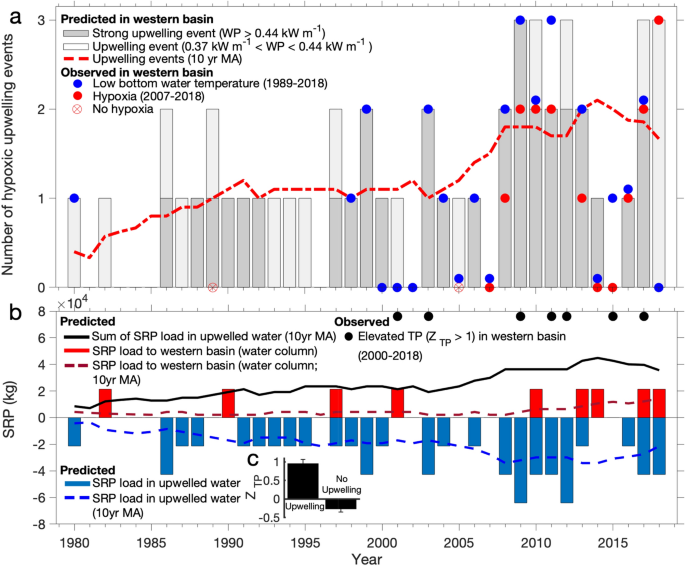Lake Erie, one of the iconic Great Lakes of North America, stands as a testament to the delicate balance of ecosystems and the profound impact of human-driven changes on aquatic life. Within its waters, zooplankton—a diverse community of microscopic organisms—play a pivotal role in shaping the freshwater food web and serving as crucial bioindicators of environmental health. In this article, we delve into a new analysis conducted by researchers at Ohio State University, shedding light on how climate change is scrambling the seasonal presence and behavioral patterns of zooplankton in western Lake Erie.
Understanding Zooplankton Dynamics
Zooplankton, though tiny in size, wield significant influence over the ecological dynamics of aquatic ecosystems. From regulating algal populations to sustaining fish populations, these microscopic organisms serve as linchpins in the intricate web of life. However, their sensitivity to environmental changes makes them vulnerable to the impacts of climate change, prompting researchers to closely monitor their behavior and responses to shifting conditions.
Unraveling the Complexities
Drawing upon more than two decades of plankton monitoring data, the research team at Ohio State University embarked on a comprehensive analysis to unravel the complexities of zooplankton dynamics in Lake Erie. Through meticulous examination of temperature variations, invasive species presence, and food availability, the researchers uncovered significant alterations in the timing of zooplankton emergence, with implications for the entire freshwater food web.
The Role of Climate Change
Central to the observed changes in zooplankton behavior is the phenomenon of climate change, characterized by rising temperatures and shifting environmental conditions. As temperatures warm, natural events such as spring plankton emergence are occurring earlier, disrupting the delicate balance of ecosystems. Moreover, the presence of invasive species, such as B. longimanus, further exacerbates these changes, underscoring the multifaceted nature of environmental disruptions.
Navigating the Impacts
The ramifications of altered zooplankton dynamics extend far beyond Lake Erie, reverberating throughout the interconnected web of freshwater ecosystems. Early warming and shifts in plankton behavior have the potential to disrupt critical processes, including harmful algal bloom formation and fisheries sustainability. As such, understanding the intricate mechanisms driving these changes is paramount for effective ecosystem management and conservation efforts.
As we confront the challenges posed by climate change, proactive measures must be taken to mitigate its impacts on freshwater ecosystems. This entails not only addressing the root causes of environmental disruptions but also fostering a deeper understanding of the complex interactions shaping zooplankton dynamics. Through continued research and monitoring efforts, we can better anticipate and adapt to the changing realities of our planet’s ecosystems, safeguarding their resilience for generations to come.
The study of zooplankton in Lake Erie serves as a poignant reminder of the far-reaching consequences of climate change on freshwater ecosystems. By unraveling the intricate web of interactions between environmental variables and plankton behavior, researchers are paving the way for informed conservation strategies and adaptive management practices. As we navigate the uncertain waters of a changing climate, the resilience of ecosystems hinges upon our collective efforts to understand, protect, and preserve the delicate balance of life within our lakes and waterways.
